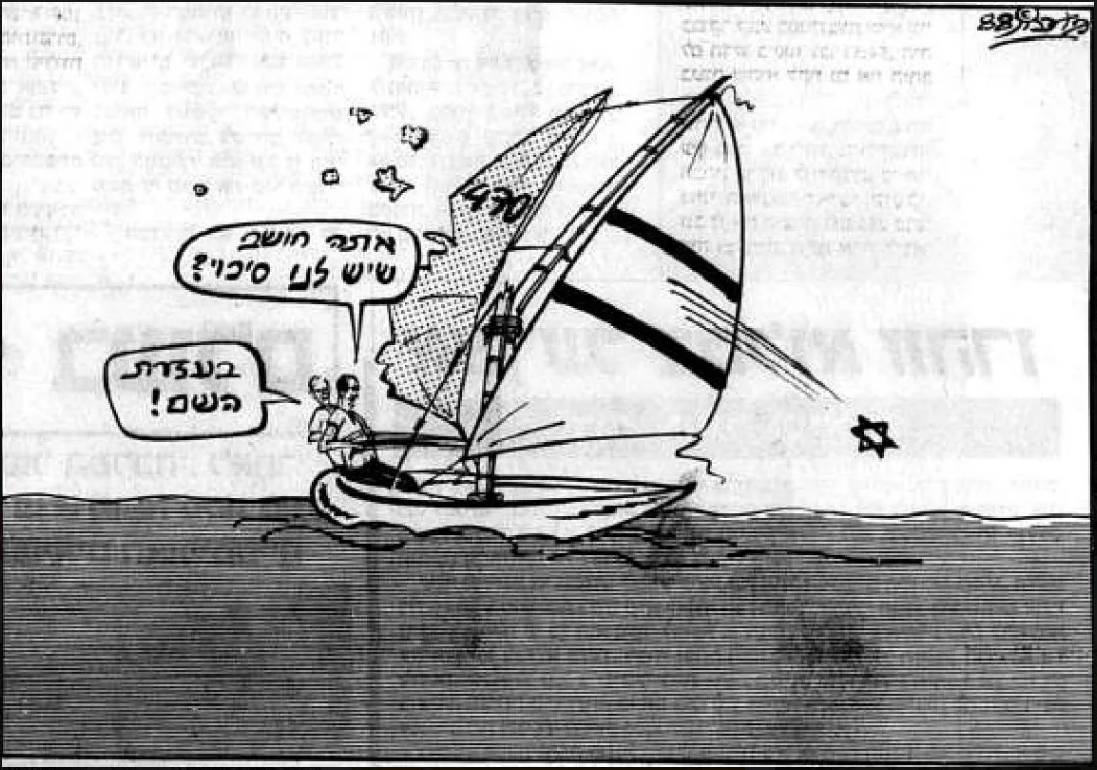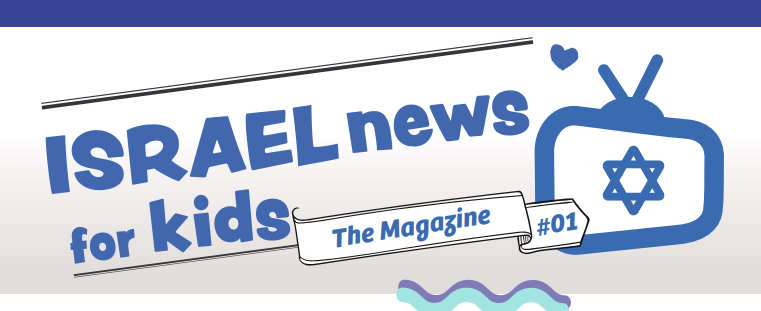Abstract
This is a lesson plan provided by the National Library of Israel.
It is no surprise that in an era when women were expected to clean the home and stay in the kitchen, the advertisements would be gender stereotypical. What can we learn about gender stereotypes from an advertisement? Has there been significant change in recent years? Do advertisers portray women in the same way today? In this resource learners will analyze an Israeli advertisement from the 1940s and use it as a basis to create a timeline of how gender roles have changed since 1900. This resource also links the learners to the National Library of Israel collection of advertisements prepared for International Women’s Day and invites the learners to alter some of the ads to reflect gender equality.
The learner will:
- understand how advertisements are a window into (Israeli) societal norms
- know how gender roles in Israel have changed since 1900
be able to analyze an advertisement to record its subtle and less subtle messages, and to adapt a gender stereotypical ad and make it less gender biased
| About the National Library and its educational materials:
The mission of the National Library of Israel is to provide a home for items of national, historic or cultural significance. Each of these primary sources serve as unique entry points into the collective memory of the people of Israel as well as the Jewish people worldwide. The education department at the library curates the collection of primary sources and uses them as windows into the past; to foster a deeper understanding of Jewish history, and to enable learners to personalize and connect to earlier events. |
When you click on the National Library of Israel resource link featured above, you will find the following educational building blocks for the creation of a lesson plan:
- A group activity to open the lesson and engage the learners.
- Discussion ideas and/or questions that are designed to get the learners thinking more deeply about the content.
- A creative activity that gives students the opportunity to go beyond learning and analyzing, to crafting something new, that personalizes how they relate to the primary sources featured in the resource.
- The primary sources in this resource have individual links (listed in Expand your horizons below) that provide expanded information. In addition there are nuanced discussion questions that will enable students in small groups to engage independently and effectively in the process of observing, interpreting, and connecting to the primary sources.
Link to the lesson plan:
Every Woman’s Dream? Analyzing Advertisements
Computer, Student Handouts





